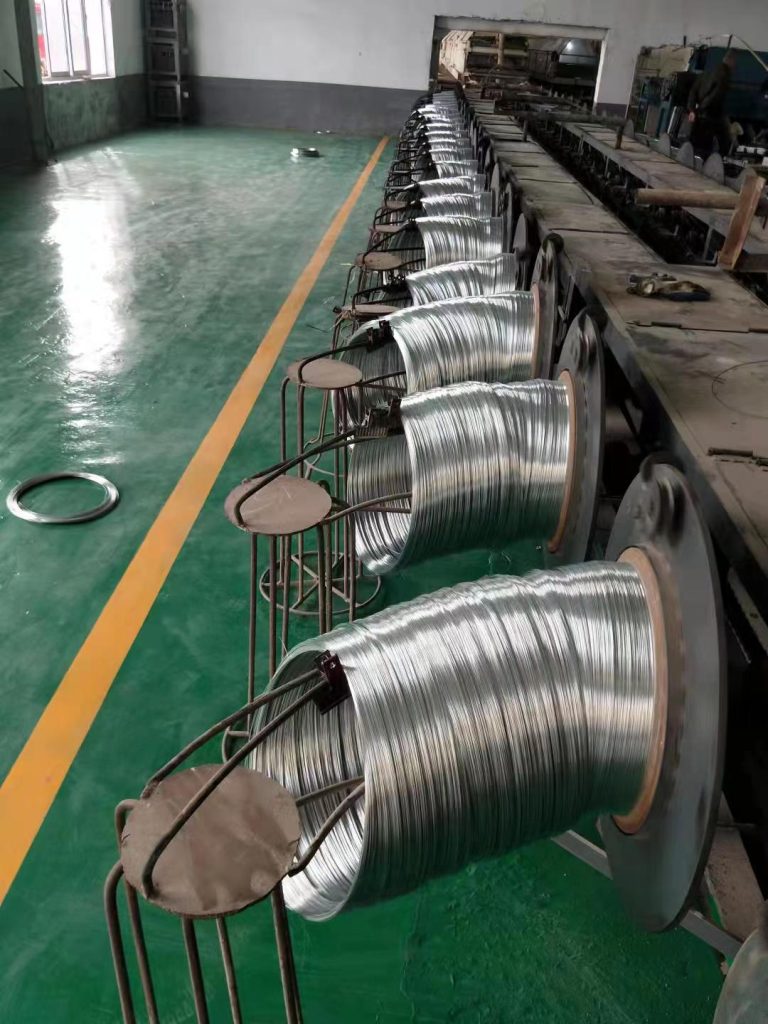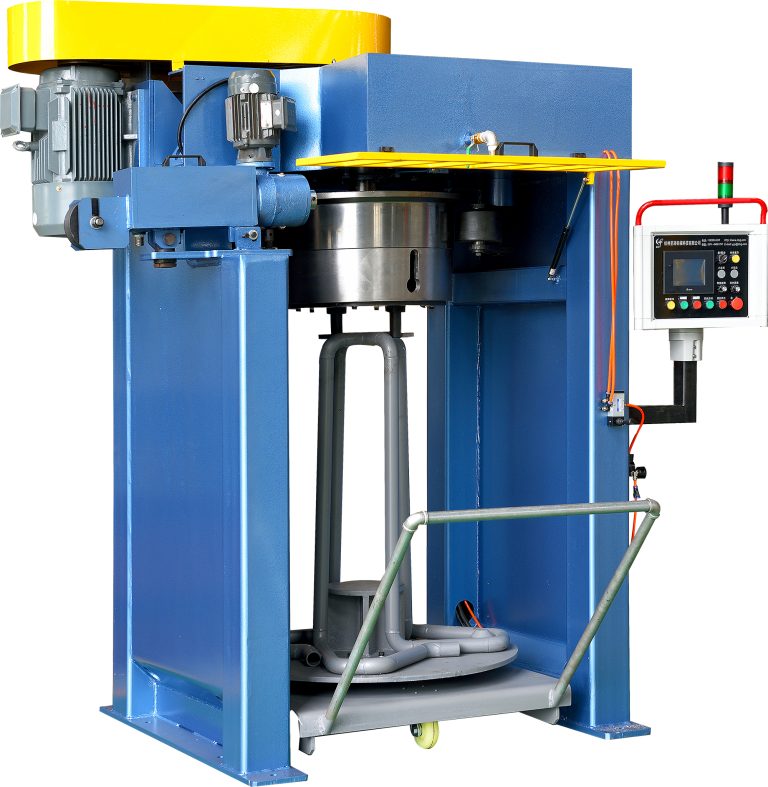Innovative Designs and Features of Modern Rotating Die Holder
Rotating Die Holders are essential tools in the manufacturing industry, used for holding and rotating dies during various machining operations. These holders play a crucial role in ensuring precision and accuracy in the production of parts and components. In recent years, there have been significant advancements in the design and features of rotating die holders, making them more efficient and versatile than ever before.
One of the key innovations in modern rotating die holders is the incorporation of adjustable angles. This feature allows operators to easily adjust the angle of the die holder to suit the specific requirements of the machining operation. By being able to rotate the die holder to different angles, operators can achieve optimal cutting performance and improve the overall quality of the finished product. This flexibility is particularly useful when working on complex parts that require multiple machining operations from different angles.
Another important feature of modern rotating die holders is the use of high-quality materials and precision engineering. Manufacturers are now using advanced materials such as hardened steel and aluminum alloys to ensure durability and longevity of the die holder. Precision engineering techniques are also employed to ensure that the rotating mechanism operates smoothly and accurately, minimizing vibration and ensuring consistent performance. These advancements in materials and engineering have significantly improved the reliability and performance of rotating die holders in modern machining operations.
In addition to adjustable angles and high-quality materials, modern rotating die holders also come equipped with a range of innovative features to enhance their functionality. One such feature is the quick-change system, which allows operators to easily and quickly swap out dies without the need for tools. This feature saves valuable time during machining operations and improves overall efficiency in the production process. Furthermore, some rotating die holders are equipped with built-in coolant systems to help dissipate heat and prolong the life of the cutting tools.

Another innovative feature of modern rotating die holders is the integration of digital technology. Some die holders now come equipped with sensors and monitoring systems that provide real-time data on cutting performance, tool wear, and other important metrics. This data can be used to optimize machining parameters, improve tool life, and prevent costly downtime due to tool failure. By leveraging digital technology, manufacturers can achieve higher levels of precision and efficiency in their machining operations.
Overall, the innovative designs and features of modern rotating die holders have revolutionized the way machining operations are carried out in the manufacturing industry. With adjustable angles, high-quality materials, quick-change systems, coolant systems, and digital technology, these die holders offer unparalleled precision, efficiency, and reliability. As technology continues to advance, we can expect to see even more groundbreaking innovations in the design and features of rotating die holders, further enhancing their capabilities and expanding their applications in the manufacturing industry.
Benefits of Using a Rotating Die Holder in Manufacturing Processes
In the world of manufacturing, efficiency and precision are key factors in ensuring the success of any production process. One tool that has proven to be invaluable in achieving these goals is the rotating die holder. This innovative device offers a range of benefits that can significantly improve the quality and speed of manufacturing processes.
One of the primary advantages of using a Rotating Die Box For wire drawing machine is its ability to increase productivity. By allowing for quick and easy die changes, this tool eliminates the need for time-consuming manual adjustments, reducing downtime and increasing overall efficiency. This means that manufacturers can produce more parts in less time, ultimately leading to higher output and increased profitability.

In addition to improving productivity, a rotating die holder also offers greater flexibility in manufacturing processes. With the ability to easily switch between different dies, manufacturers can quickly adapt to changing production requirements without the need for extensive retooling. This flexibility allows for greater versatility in the types of parts that can be produced, making it easier to meet the demands of a dynamic market.
Furthermore, the use of a rotating die holder can also lead to improved quality in the finished products. By ensuring that dies are properly aligned and securely held in place, this tool helps to prevent errors and inconsistencies in the manufacturing process. This results in parts that are more precise and accurate, reducing the likelihood of defects and rework. Ultimately, this can lead to higher customer satisfaction and a stronger reputation for quality.
Another key benefit of using a rotating die holder is its impact on worker safety. By automating the die changing process, this tool reduces the need for manual handling of heavy and cumbersome dies, minimizing the risk of injury to workers. This not only helps to create a safer work environment but also improves employee morale and productivity.
Additionally, a rotating die holder can also contribute to cost savings for manufacturers. By streamlining the die changing process and reducing downtime, this tool helps to lower operational costs and increase overall efficiency. This can result in significant savings over time, making it a worthwhile investment for any manufacturing operation.

Overall, the benefits of using a rotating die holder in manufacturing processes are clear. From increased productivity and flexibility to improved quality and worker safety, this tool offers a range of advantages that can help manufacturers achieve their production goals more effectively. By incorporating a rotating die holder into their operations, manufacturers can streamline their processes, reduce costs, and ultimately improve their competitiveness in the market.
How to Properly Maintain and Care for Your Rotating Die Holder
Rotating die holders are essential tools in the manufacturing industry, used for holding and rotating dies during the cutting or shaping of materials. Proper maintenance and care of these holders are crucial to ensure their longevity and optimal performance. In this article, we will discuss some key tips on how to properly maintain and care for your rotating die holder.
One of the most important aspects of maintaining a rotating die holder is keeping it clean and free of debris. After each use, it is essential to thoroughly clean the holder to remove any buildup of dirt, grease, or metal shavings. This can be done using a brush or compressed air to dislodge any particles that may have accumulated. Regular cleaning not only helps to prevent damage to the holder but also ensures smooth rotation and precise cutting.
In addition to cleaning, it is important to regularly inspect the rotating die holder for any signs of wear or damage. Check for any loose or missing parts, such as screws or bolts, and tighten or replace them as needed. Inspect the bearings and gears for any signs of wear or corrosion, and lubricate them regularly to ensure smooth rotation. Any damaged or worn parts should be replaced promptly to prevent further damage to the holder.

Proper storage of the rotating die holder is also crucial in maintaining its performance. When not in use, store the holder in a clean, dry place away from moisture and extreme temperatures. Avoid storing the holder in direct sunlight or near sources of heat, as this can cause damage to the materials and components. It is also important to store the holder in a secure location to prevent any accidental damage or theft.
Regular maintenance of the rotating die holder includes checking and adjusting the alignment of the dies. Misaligned dies can cause uneven cutting or shaping of materials, leading to poor quality products and increased wear on the holder. Use a dial indicator or other alignment tools to ensure that the dies are properly aligned and adjust them as needed. Regularly checking the alignment of the dies will help to maintain the accuracy and precision of the cutting process.
Another important aspect of caring for a rotating die holder is to use it properly and follow the manufacturer’s guidelines. Avoid overloading the holder with heavy or oversized dies, as this can cause damage to the bearings and gears. Use the appropriate cutting speed and pressure for the materials being worked on, and avoid forcing the dies to rotate faster than recommended. Following these guidelines will help to prevent damage to the holder and ensure optimal performance.
In conclusion, proper maintenance and care of a rotating die holder are essential to ensure its longevity and optimal performance. By keeping the holder clean, inspecting it regularly for wear or damage, storing it properly, checking and adjusting the alignment of the dies, and using it properly, you can extend the life of your rotating die holder and ensure smooth and precise cutting operations. Remember to follow the manufacturer’s guidelines and seek professional help if you encounter any issues with your rotating die holder.






